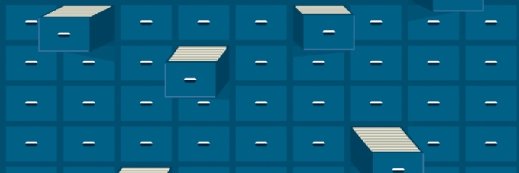How virtual machine backup differs from traditional backup
Virtual machine backup can be accomplished with traditional backup tools but can be better effected with snapshots and dedicated virtual server backup products.
Virtual machine backup can be done using a traditional backup product with agents in each virtual server's file store but can also be carried out via snapshot or by backing up the virtual machine and its files separately using a dedicated product aimed at virtual server environments.
In this interview, SearchStorage.co.UK Bureau Chief Antony Adshead speaks with Emma Rouse, senior consultant, GlassHouse Technologies (UK), about how virtual server backup differs from traditional backup and issues such as licensing and backup product compatibility with hypervisor products.
You can read the transcript or download the podcast.
SearchStorage.co.UK: Why does backing up virtual servers differ from backing up physical servers?
Rouse: [Virtual machine backup] doesn't have to differ from backing up physical machines. You can continue [with] the old traditional method of installing a backup agent … and then backing up at file level across the network in the same way as you do with a physical machine.
The great thing about virtual machines is [that] not only do you have that option but you have more benefits and options available. As a virtual machine is made up of files on a file system, you can back up the full virtual machine and its configuration in one hit rather than backing up at file level within the server.
[Virtual machine backup] at full file level is done by putting the machine into snapshot. By doing this, any activity that is writing to the virtual machine is written to the snapshot file as opposed to the base OS disk. This means the base OS disk is unlocked, and you can back it up.
As you are backing up the full file as opposed to the snapshot, there is no impact to the users, which means that backup can be done at any time, so your backup windows are effectively increased to 24/7. [This] is great for a lot of people as a main issue with physical machines is running out of time in the backup window before people log on in the morning.
SearchStorage.co.UK: What are the main methods of data protection for virtual servers?
Rouse: [To back up] virtual machines, there are usually native solutions within the hypervisor but generally these don't scale well and you realistically need a third-party backup product to give you the full benefits of virtual machines and backups.
A great feature of many third-party backup products is the ability to back up full virtual machines -- the data and config files that make them up -- but still [have] the ability to restore at file level within the OS. In earlier solutions, you would have had to have done two passes of the virtual machine -- one to back up the full virtual machine and one to do a file-level backup within the agent.
One of the main things to make sure with a third-party backup product is that it fully supports the hypervisor you're working with, such as file systems, VMFS or classic share volumes or native Linux -- whatever it may be with your hypervisor -- and also to check what features that backup product supports.
We've also found that licensing can be complicated [with] virtual servers so it's best to … understand this before you make any final decisions.
Fundamentally, there are no real technical differences between [the various] hypervisors, and generally it's the snapshot solution where you back up the full virtual machine. With hypervisors that are newer to the market, such as Microsoft Hyper-V, some of the established third-party [virtual server backup] vendors have started to support them so you need to make sure your backup product is the latest and greatest version to be able to get the full benefits of the newer hypervisors in the market.








